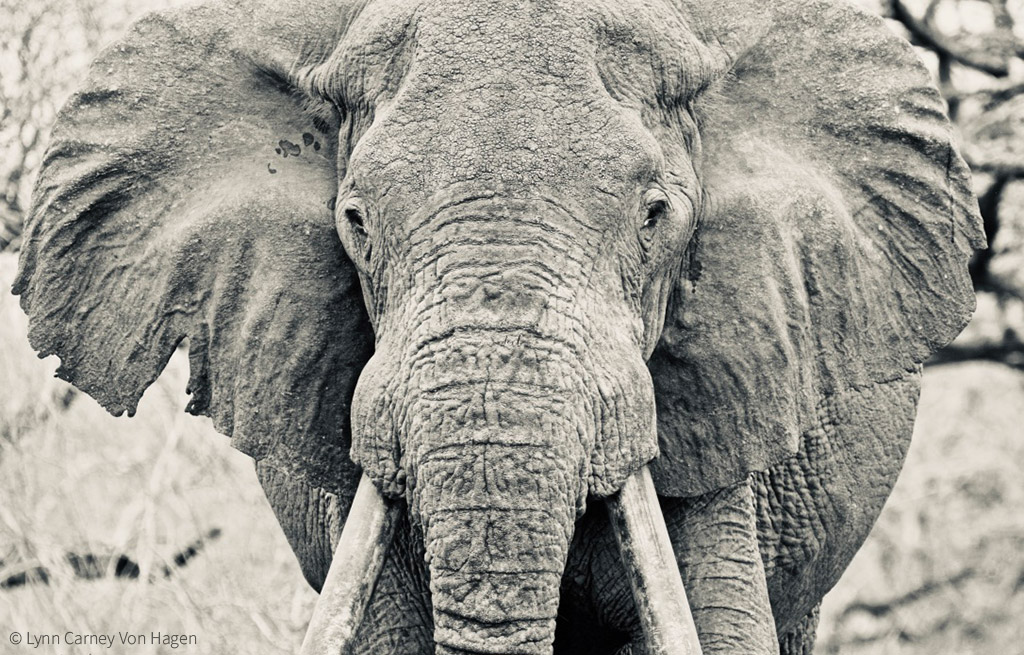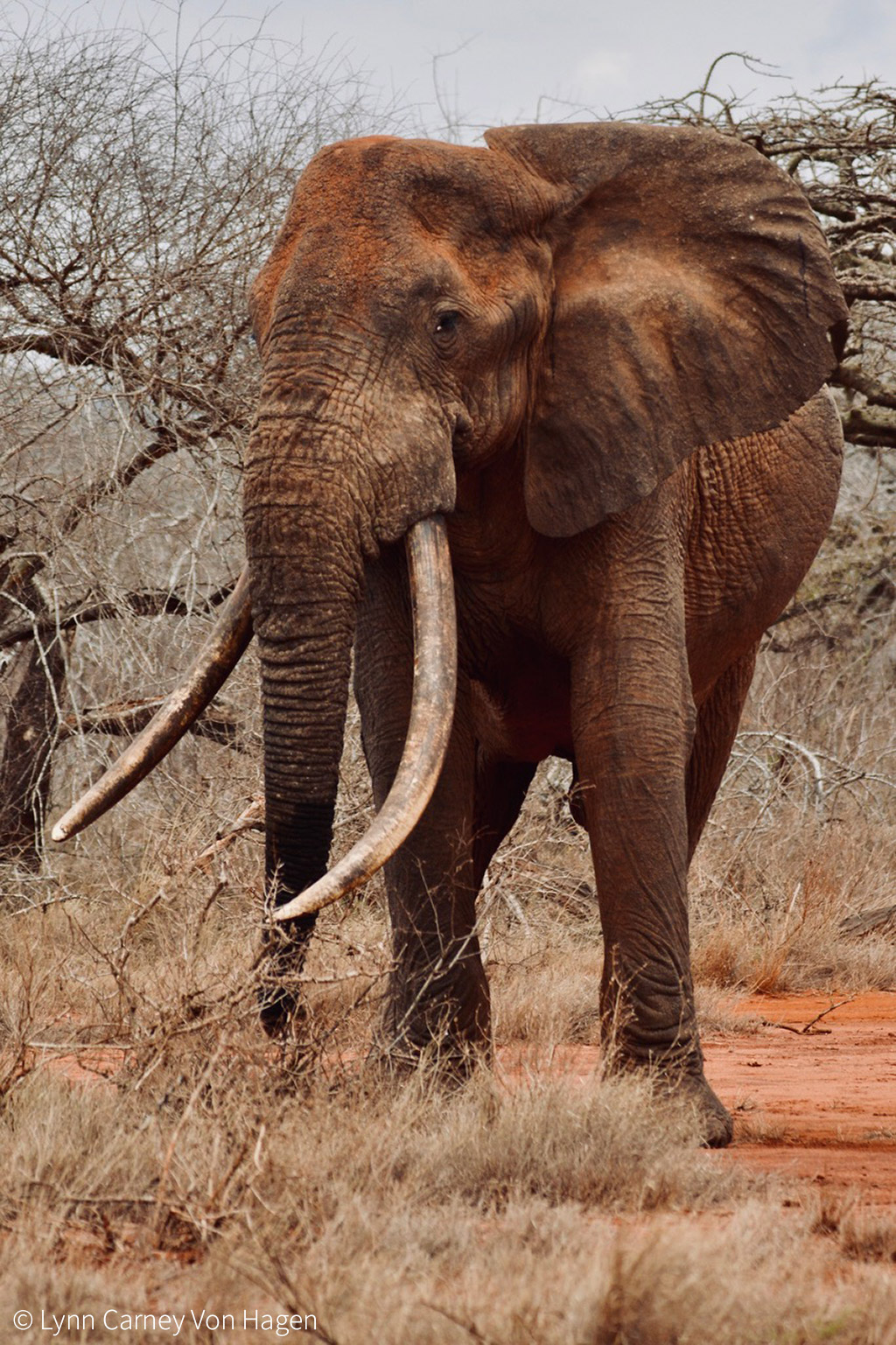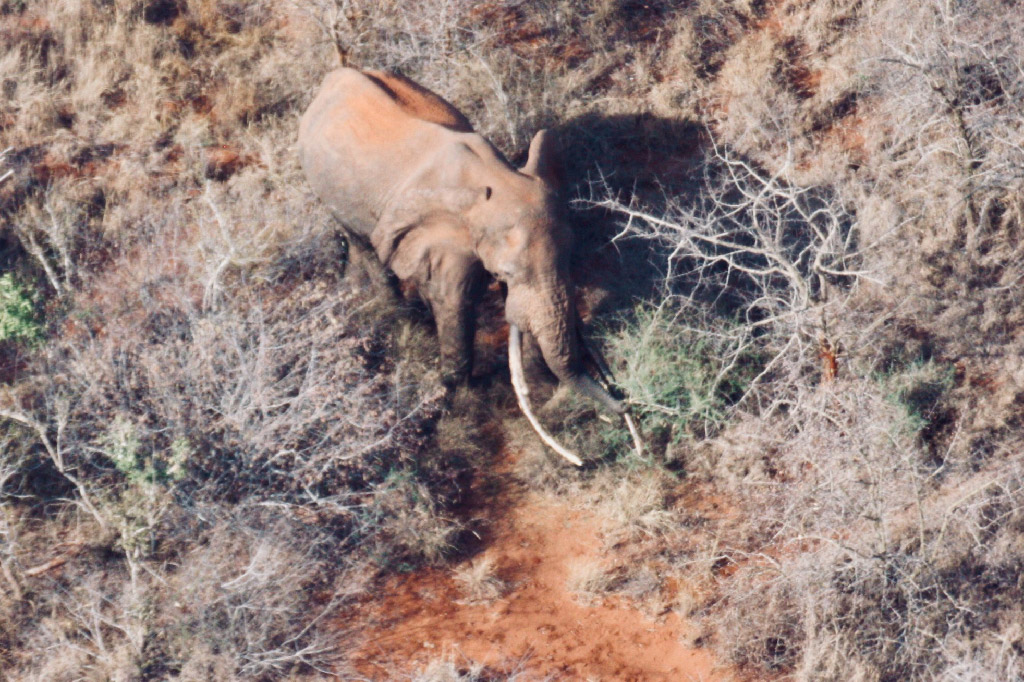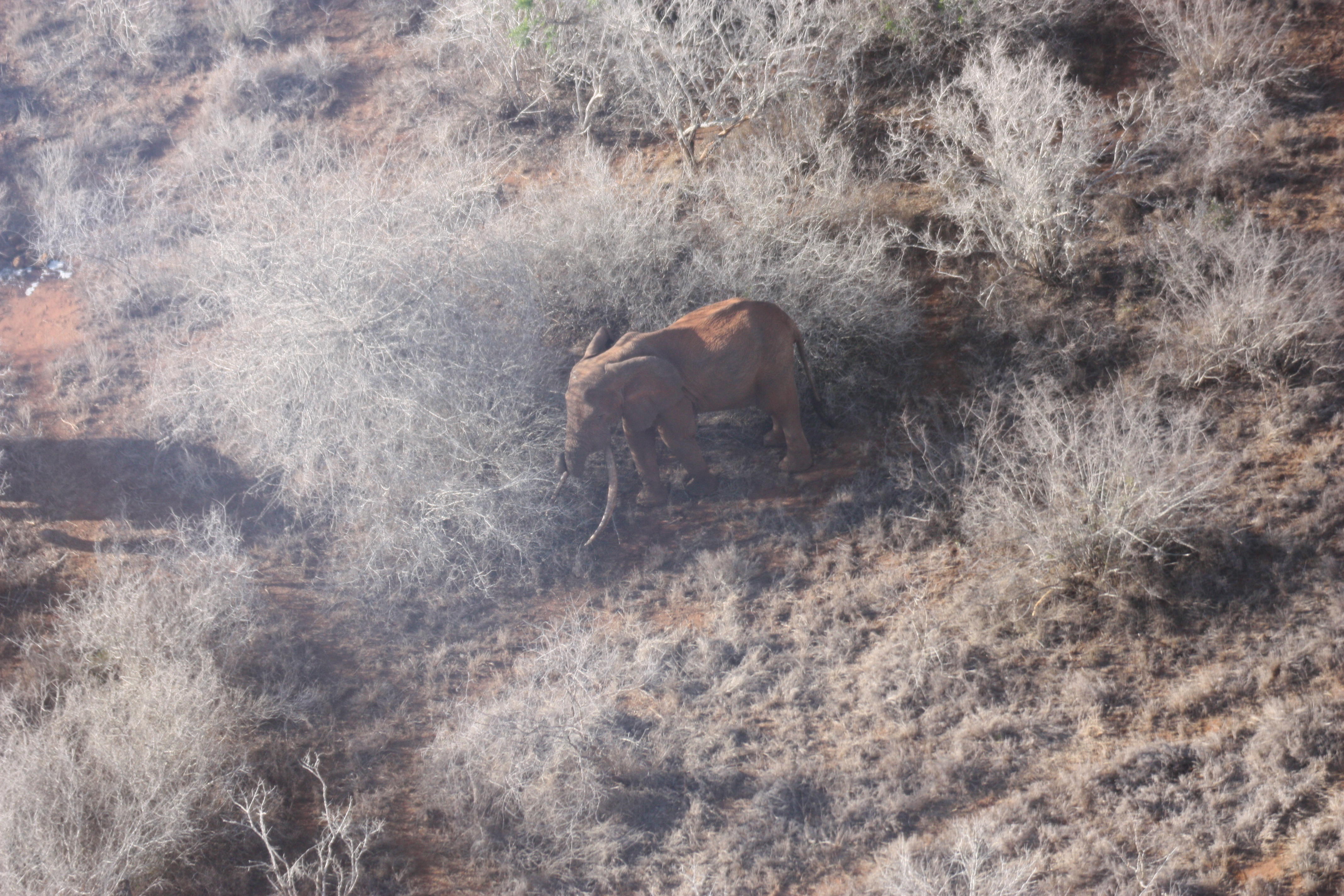
The magnificent elephant bull, nicknamed “Julian”, was believed to be well over 50 years old and had lived out his life in the Rukinga region of Kenya that lies between Tsavo West and East National Parks. He was well known to conservationists of the area and his enormous tusks that brushed the ground as he walked made him instantly recognisable. His carcass was found on 14th January 2020 after it was spotted by a gyrocopter pilot who reported it to authorities. We reported last week that the famous tusker ‘Tim’ died last week, also of natural causes.

A tusker is the description given to an elephant with tusks that touch the ground, and there are very few remaining tuskers in Africa – some estimates suggest that there may be less than 40 individuals remaining on the entire continent. Their numbers have been decimated through decades of indiscriminate hunting and ivory poaching. The Tsavo area is known for its spectacular big tuskers.

The announcement was made by Wildlife Works – a REDD+ (Reducing Emissions from Deforestation and Degradation) project development and management company responsible for establishing the Kasigau Corridor in the Rukinga region. Julian was regularly seen within the project area, and officials estimated him to be approximately 50 years old. Wildlife Works aerial surveillance team started to officially keep an eye on him during the Kenya poaching crisis in 2014 when he was the second-largest resident bull. The only bull larger than Julian died during the 2017 drought in Tsavo.

Wildlife Works described Julian as one of the more mobile bulls on the ranches; he would move right down to northern Tanzania’s Mkomazi Game Reserve, and Kenya’s southeastern ranches Koranze and Lungalunga. He would often not be seen for several months at a time, making much of his life a mystery. He would, however, always return to Rukinga ranch to socialise with the large herds, often accompanied by other bulls – almost acting as his bodyguards. Locals say that he would often hide his tusks in bushes when aircraft flew overhead, as if he knew he was a target for poachers.


Julian was not known as an aggressive bull, vehicles or rangers never had to be cautious around him, nor was he known as a crop raider. He had a scar on his right side, a possible attempt on his life from a poisoned arrow of a poacher.
He was found on 14th January 2020 under a tree in the long grass of Rukinga ranch, eyes closed as if he went to sleep peacefully. His death was deemed to be as a result of natural causes.

To comment on this story: Login (or sign up) to our app here - it's a troll-free safe place 🙂.![]()








